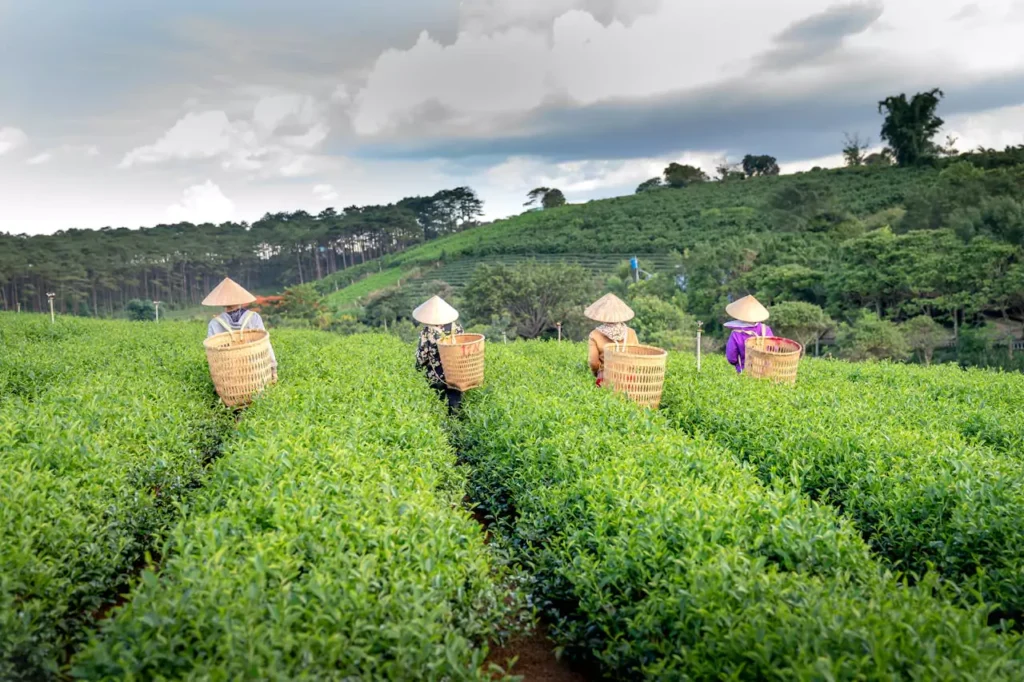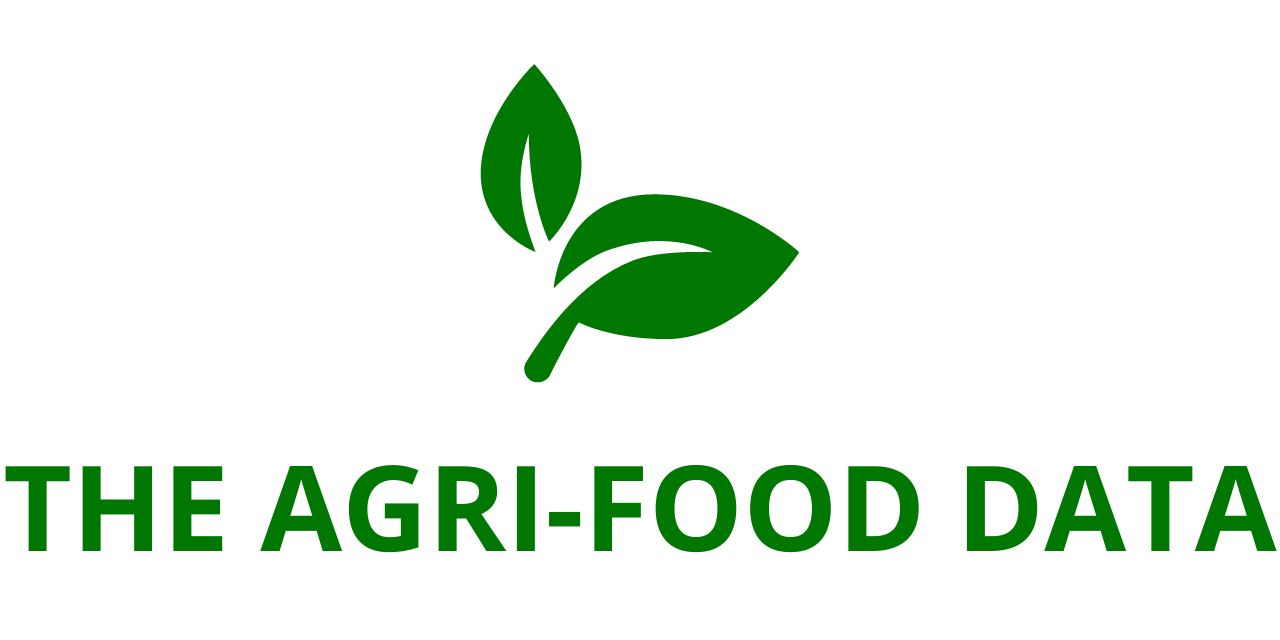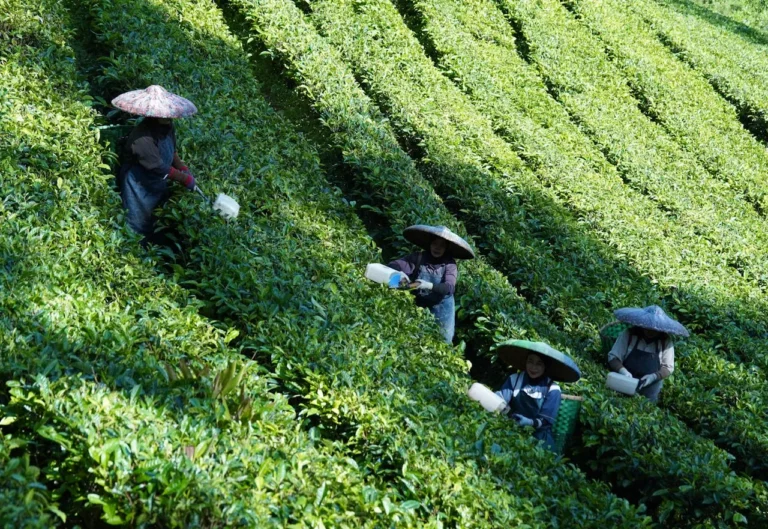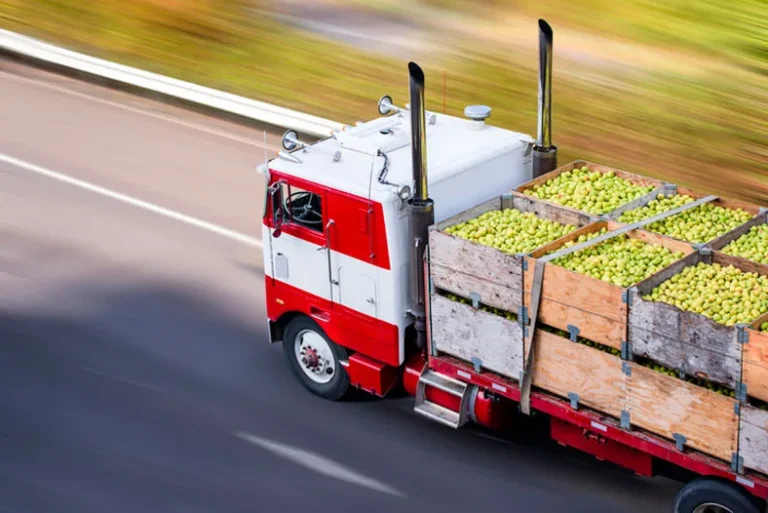
The Agriculture “Asia-Pacific Digital Soil Mapping Platforms and Applications Market: Focus on Application, Product, and Country – Analysis and Forecast, 2024-2034″ report has recently been included in ResearchAndMarkets.com’s offerings. This comprehensive study provides valuable insights into the rapidly evolving digital soil mapping market in the Asia-Pacific (APAC) region.
Market Overview
The Agriculture Asia-Pacific digital soil mapping platforms and applications market was valued at $64.5 million in 2024 and is projected to reach $295.5 million by 2034, growing at a compound annual growth rate (CAGR) of 16.4% during the forecast period. AgricultureThis significant expansion is driven by technological advancements in soil analysis and an increasing focus on precision agriculture.
The adoption of digital soil mapping technologies is revolutionizing traditional agricultural practices in the region. Agriculture These platforms integrate geospatial data, satellite imagery, and analytical tools to provide detailed insights into soil characteristics, fertility, and overall health. As a result, farmers, researchers, and policymakers can make informed decisions to enhance crop yields, optimize resource use, and promote sustainable land management.
Growth Drivers
Several key factors contribute to the robust growth of the APAC digital soil mapping market:
- Rising Demand for Precision Agriculture – The agricultural sector is rapidly embracing digital tools to improve efficiency and productivity. Digital soil mapping plays a crucial role in precision farming by providing accurate data on soil composition, moisture levels, and nutrient availability.
- Advancements in Remote Sensing and Geospatial Technologies – Innovations in remote sensing, artificial intelligence (AI), and machine learning are enhancing the accuracy and accessibility of soil mapping. These technologies enable real-time data collection and analysis, allowing farmers to make timely decisions.
- Government Initiatives and Investments – Several APAC governments are investing heavily in agricultural modernization. Policies and financial incentives aimed at promoting digital farming tools are accelerating the adoption of soil mapping technologies. These initiatives are designed to support food security, reduce soil degradation, and increase agricultural productivity.
- Sustainability and Environmental Concerns – With a growing population and increasing food demand, sustainable farming practices are becoming a priority. Digital soil mapping helps in adopting environmentally friendly farming techniques by optimizing fertilizer usage, minimizing water wastage, and reducing soil erosion.
- Collaborations and Research Efforts – Research institutions, agribusinesses, and technology providers are forming strategic partnerships to advance digital soil mapping solutions. Agriculture These collaborations are critical in making these technologies more accessible, especially for smallholder farmers who may lack the resources to adopt high-end agricultural innovations.

Applications and Technology Segments
Digital soil mapping platforms serve a diverse range of applications across the agricultural sector. The major user segments include:
- Agribusiness Companies – Large-scale agribusinesses utilize digital soil mapping to enhance productivity, reduce costs, and improve supply chain efficiency.
- Agricultural Cooperatives – Cooperatives leverage these technologies to support member farmers with data-driven insights, optimizing crop rotation and soil management practices.
- Government and Private Research Institutes – These institutions use soil mapping for scientific research, policy development, and sustainable land use planning.
- Others – Additional users include independent farmers, environmental agencies, and educational institutions.
The market also categorizes digital soil mapping technologies based on the methods used:
- Drone Scouting – Drones equipped with soil sensors and imaging tools provide high-resolution soil data, enabling precise monitoring and analysis.
- Mobile Scouting – Mobile-based applications facilitate on-the-go soil testing and real-time updates, making it convenient for farmers in remote areas.
- Satellite Imagery – Satellites offer broad-scale soil analysis, helping governments and large agricultural enterprises assess soil health over vast areas.
- Other Advanced Methods – Emerging technologies such as AI-powered soil testing and automated data analytics are further enhancing soil mapping capabilities.
Market Strategies for Growth
As the Agriculture Asia-Pacific digital soil mapping market continues to expand, companies are employing various strategies to gain a competitive edge. The report outlines key approaches that market players can leverage:
Product/Innovation Strategy
The evolving nature of digital soil mapping technologies presents numerous opportunities for innovation. Companies investing in R&D are likely to lead the market with advanced products that integrate AI, machine learning, and IoT-based soil monitoring. Agriculture The high-investment nature of this industry underscores the need for continuous innovation to develop cost-effective, scalable solutions for different agricultural needs.
Growth/Marketing Strategy
The APAC digital soil mapping market offers significant growth potential for both established players and new entrants. Market expansion strategies include:
- Mergers and Acquisitions – Companies are acquiring smaller firms with specialized expertise to strengthen their technological capabilities and market presence.
- Product Launches – New and improved soil mapping solutions are being introduced to address specific challenges faced by farmers in different regions.
- Strategic Partnerships and Collaborations – Joint ventures between technology firms, agribusinesses, and research organizations are driving innovation and market penetration.
- Business Expansions and Investments – Companies are expanding their reach by entering new markets and establishing local operational units.
Competitive Strategy
The competitive landscape of the APAC digital soil mapping market is characterized by a mix of established technology developers and emerging solution providers. Key players are focusing on:
- Technological Differentiation – Offering unique and advanced features to set their products apart from competitors.
- Customer-Centric Approaches – Providing customized solutions tailored to the specific needs of farmers, research institutions, and agribusinesses.
- Strategic Alliances – Partnering with governments, non-profit organizations, and agricultural cooperatives to expand market reach.





